The VR world is getting crowded again — and more exciting than ever. With Valve making a comeback through its brand-new Steam Frame headset, many are asking whether it can challenge Meta’s well-established Quest 3. Both headsets promise cutting-edge visuals, wireless freedom, and immersive gameplay. But they approach virtual reality in very different ways.
In this comparison, we’ll break down how Steam Frame vs Quest 3 performs in design, display quality, performance, mixed reality, and overall value — helping you decide which headset deserves a place on your shelf in 2025.
Design and Comfort
Comfort often decides how long you’ll actually enjoy playing in VR. Valve seems to understand that perfectly. The Steam Frame is reported to be around 80–100 grams lighter than the Quest 3 and comes with a rear-mounted battery that improves weight balance and stability. This design gives users a more evenly distributed feel on the head — a big deal for extended sessions.
By comparison, the Meta Quest 3 is sleek and well-built but tends to feel front-heavy during long gameplay unless you add a third-party head strap. Many users end up upgrading the strap for better comfort.
Verdict: Steam Frame takes the lead here. Out of the box, it’s built for long-term comfort and balance, while Quest 3 still benefits from accessories to feel just right.
Display and Visual Experience
Both headsets use pancake lenses, offering improved clarity and reduced distortion compared to older Fresnel designs. But Steam Frame pushes visual quality a little further. It boasts a slightly higher resolution, a 110-degree field of view (both horizontally and vertically), and refresh rates up to 144Hz in experimental mode.
Quest 3’s display is still impressive, with refresh rates up to 120Hz and crisp visuals, but it falls short in one critical area: mixed reality passthrough. Steam Frame only supports monochrome passthrough, taking us back to a black-and-white experience similar to Quest 2. In contrast, Quest 3 features full-color passthrough, allowing users to seamlessly blend the virtual and real worlds.
Verdict: Steam Frame delivers better raw display specs, but Quest 3 wins for those who care about vibrant mixed reality visuals.
Performance and Hardware Power
Under the hood, the difference between the two headsets becomes even clearer. Steam Frame runs on Qualcomm’s Snapdragon 8 Gen 3, a significant upgrade from Quest 3’s Gen 2 chip. This gives it roughly 25–30% more GPU power, 50% better single-core performance, and 100% better multi-threaded performance.
Valve also doubles the RAM — 16GB versus Quest 3’s 8GB — and offers 256GB of built-in storage, expandable up to 2TB via microSD. For gamers and developers, that means faster load times, higher texture quality, and better multitasking.
Additionally, Steam Frame introduces eye tracking technology, enabling foveated rendering — focusing processing power on where you’re looking for sharper visuals and potentially higher frame rates.
Verdict: Steam Frame is clearly the more powerful device, ready for next-gen VR experiences.
PCVR Streaming and Eye Tracking
One of the Steam Frame’s biggest selling points is its ability to act as both a standalone headset and a wireless PCVR device. Using a dedicated dongle, it supports foveated encoding, which concentrates image data exactly where the user’s eyes are focused. This results in a sharper, more efficient image when streaming PC VR content from Steam.
However, it’s worth noting that this doesn’t automatically improve your PC’s performance — developers still need to integrate eye tracking into their software for meaningful boosts. Still, the hybrid capability offers huge flexibility for gamers who enjoy both standalone titles and Steam’s massive VR library.
Verdict: Steam Frame offers more versatility, especially for PCVR enthusiasts.
Battery Life and Controllers
Battery life remains one of VR’s biggest challenges. Valve hasn’t finalized Steam Frame’s numbers yet, but early reports suggest 2–3 hours of playtime, similar to the Quest 3’s average 2.2 hours. The advantage lies in controller longevity — Steam Frame’s controllers reportedly last over 40 hours per charge, compared to Quest 3’s shorter runtime.
Valve could also allow external battery packs for extended play, giving users more flexibility for marathon gaming sessions.
Verdict: Battery life is a draw for the headsets themselves, but Steam Frame wins on controller endurance.
Price and Value
As of now, Valve hasn’t confirmed the Steam Frame’s price, but insiders suggest it will cost less than the older Valve Index, which was a premium headset. That hints at a price point somewhere near or slightly above the Quest 3’s $499 starting price.
If Valve manages to deliver its high-end hardware at a competitive price, Steam Frame could redefine what users expect from standalone VR. Quest 3 still benefits from Meta’s huge ecosystem and frequent discounts, but its hardware is beginning to show its limits.
Verdict: Pricing will determine the true winner. A well-priced Steam Frame could easily shake up the market.
Final Verdict: The Future of VR in 2025
So, who wins the Steam Frame vs Quest 3 battle? It depends on what you value most.
- Steam Frame strengths: better performance, more RAM, improved comfort, wider FOV, and advanced eye tracking.
- Quest 3 strengths: polished mixed reality with full-color passthrough and a mature content ecosystem.
If you’re after raw power, long-term comfort, and next-generation features, Steam Frame is the clear winner. But if you care about color-accurate mixed reality and a larger library of optimized apps, Quest 3 remains the safer, more versatile option.
One thing’s certain — Valve’s return will push VR technology forward in 2025, giving Meta some real competition at last.



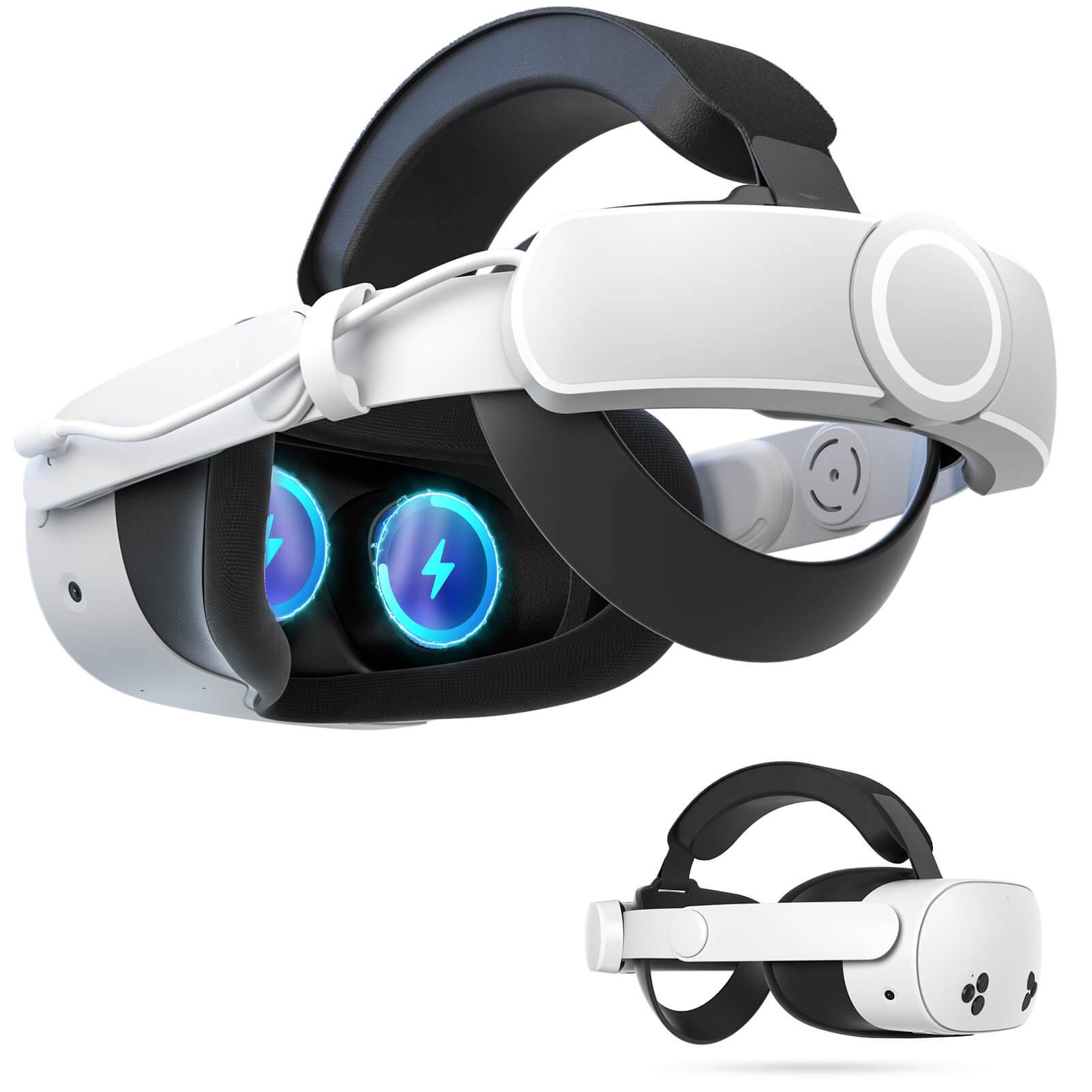
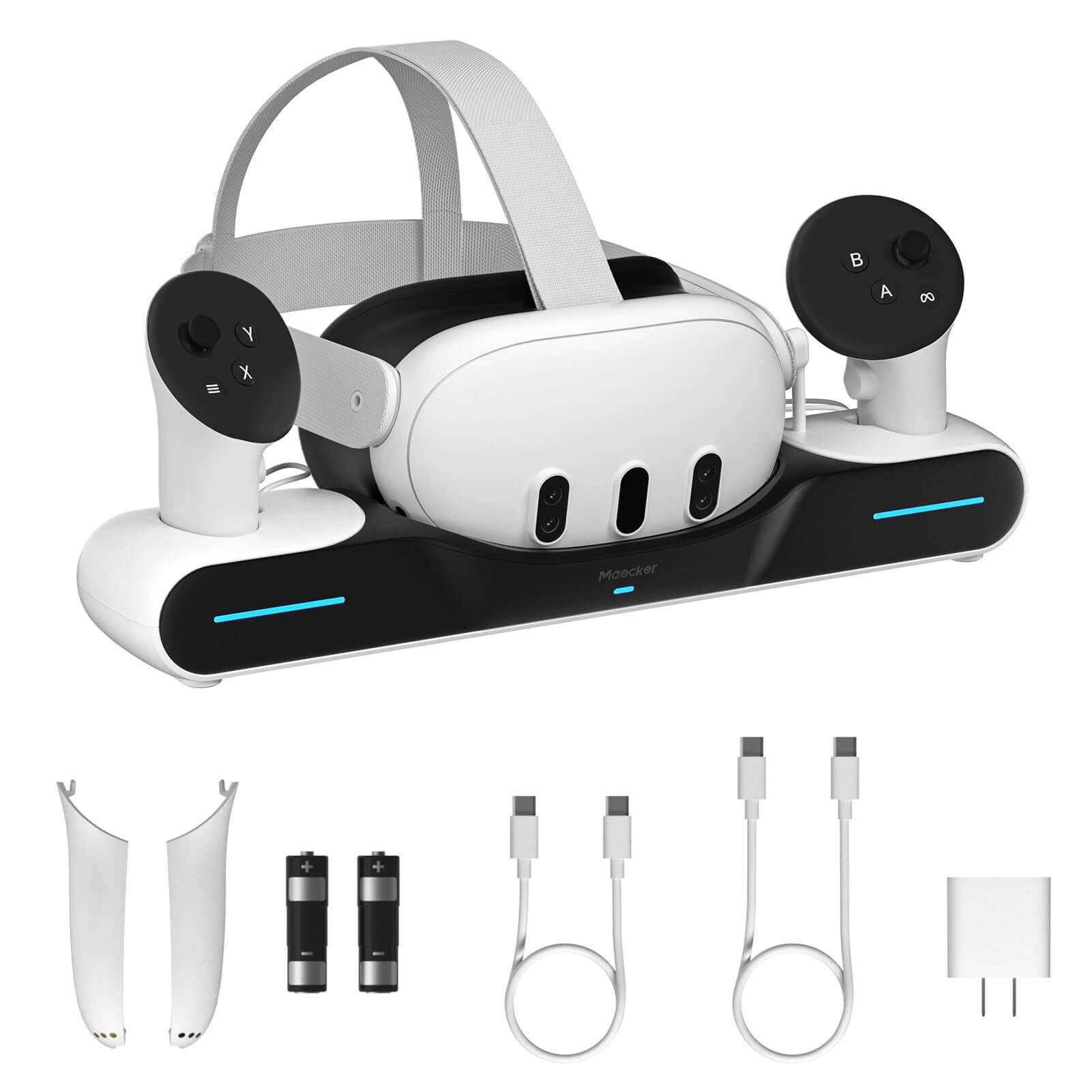
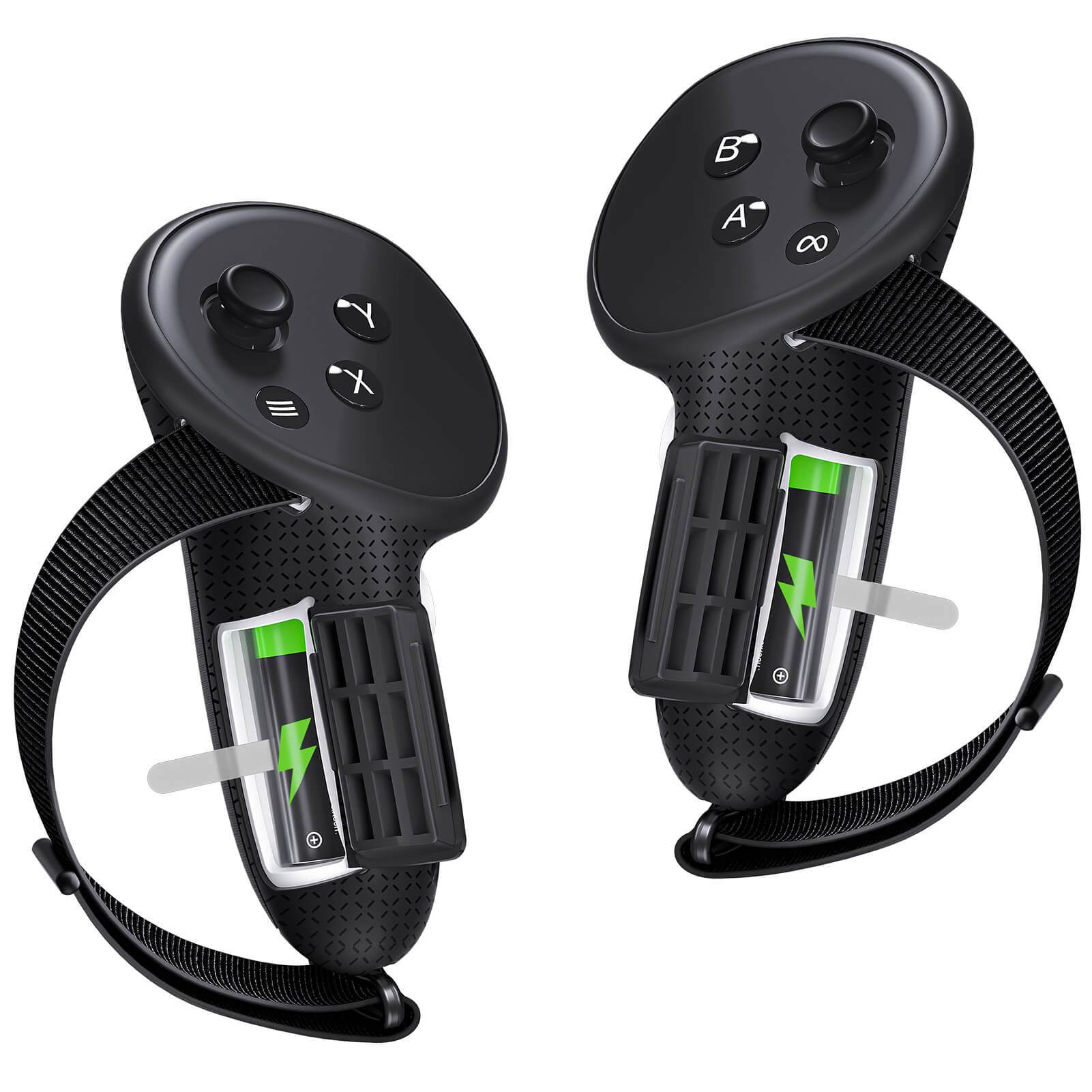
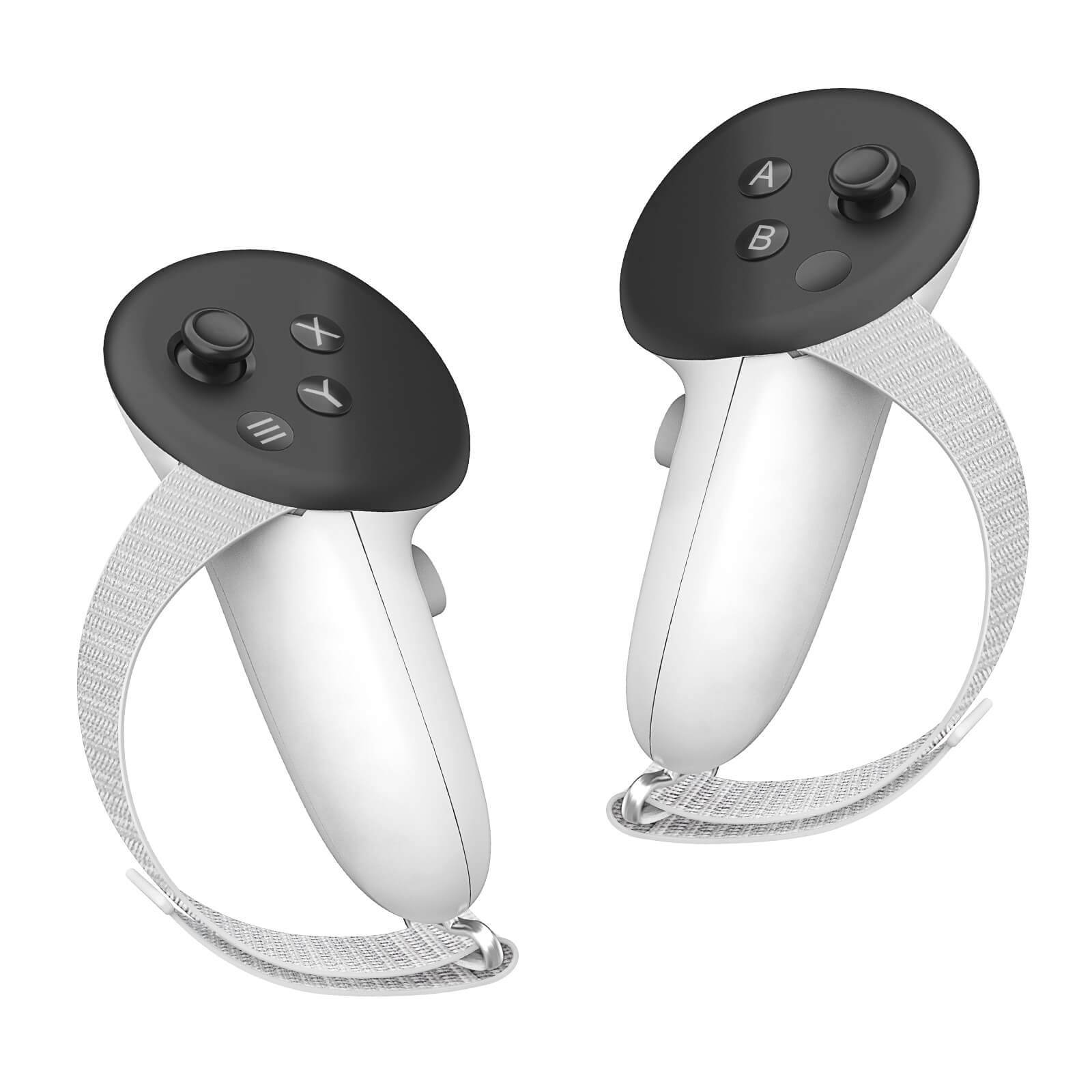
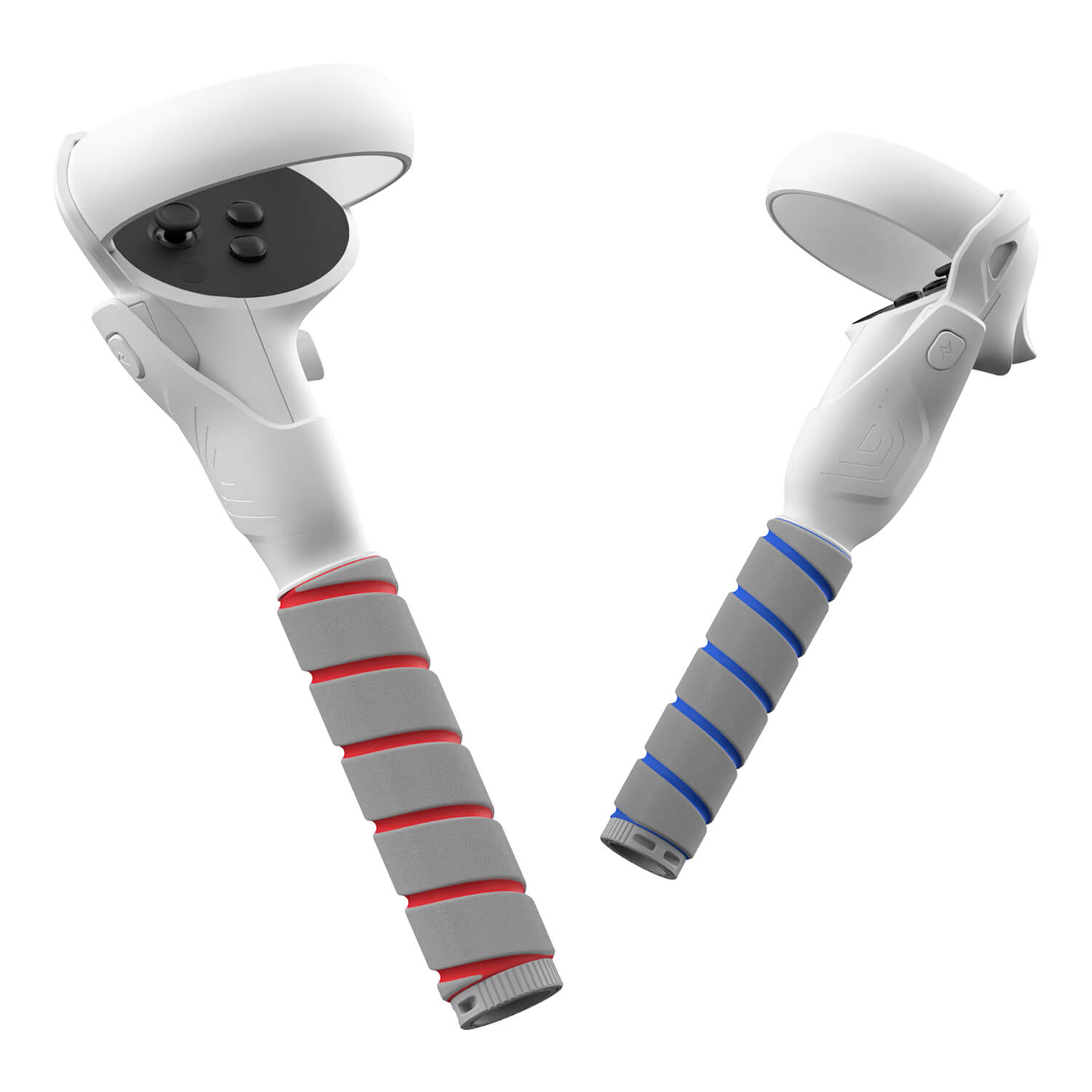

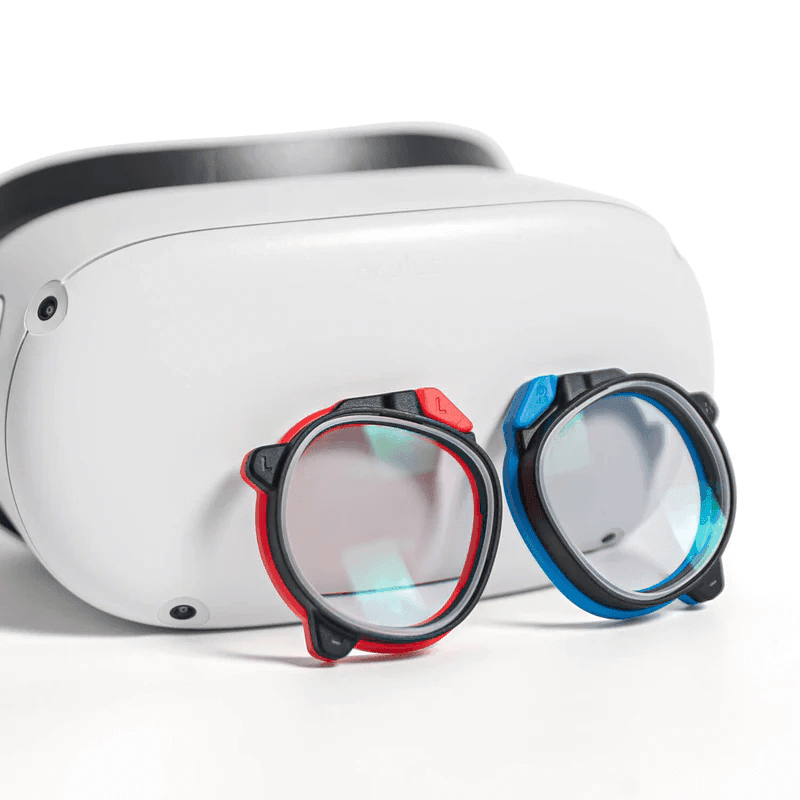
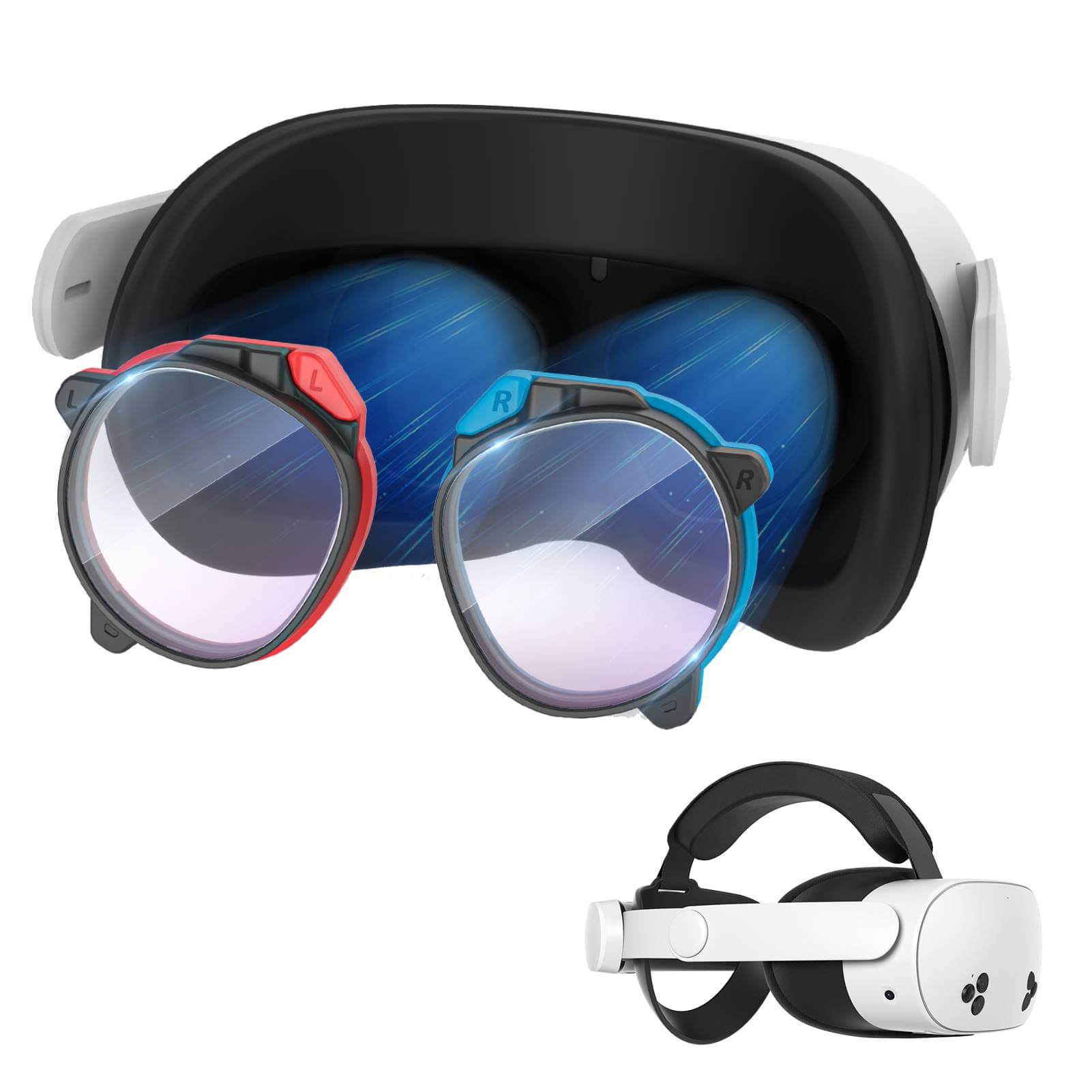
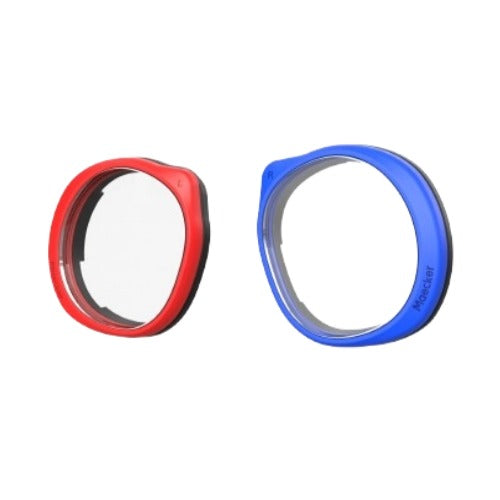
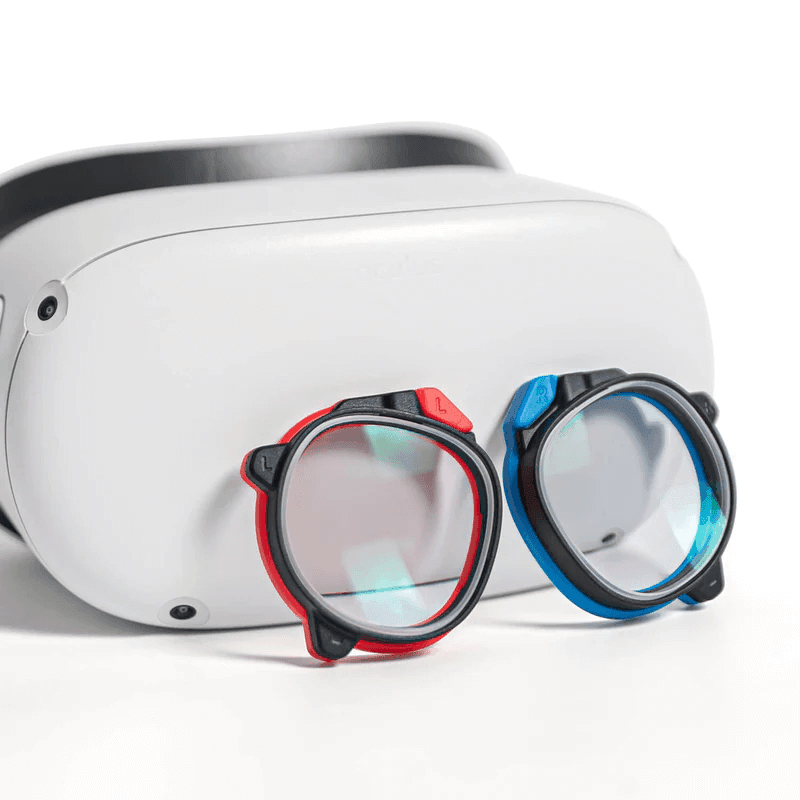

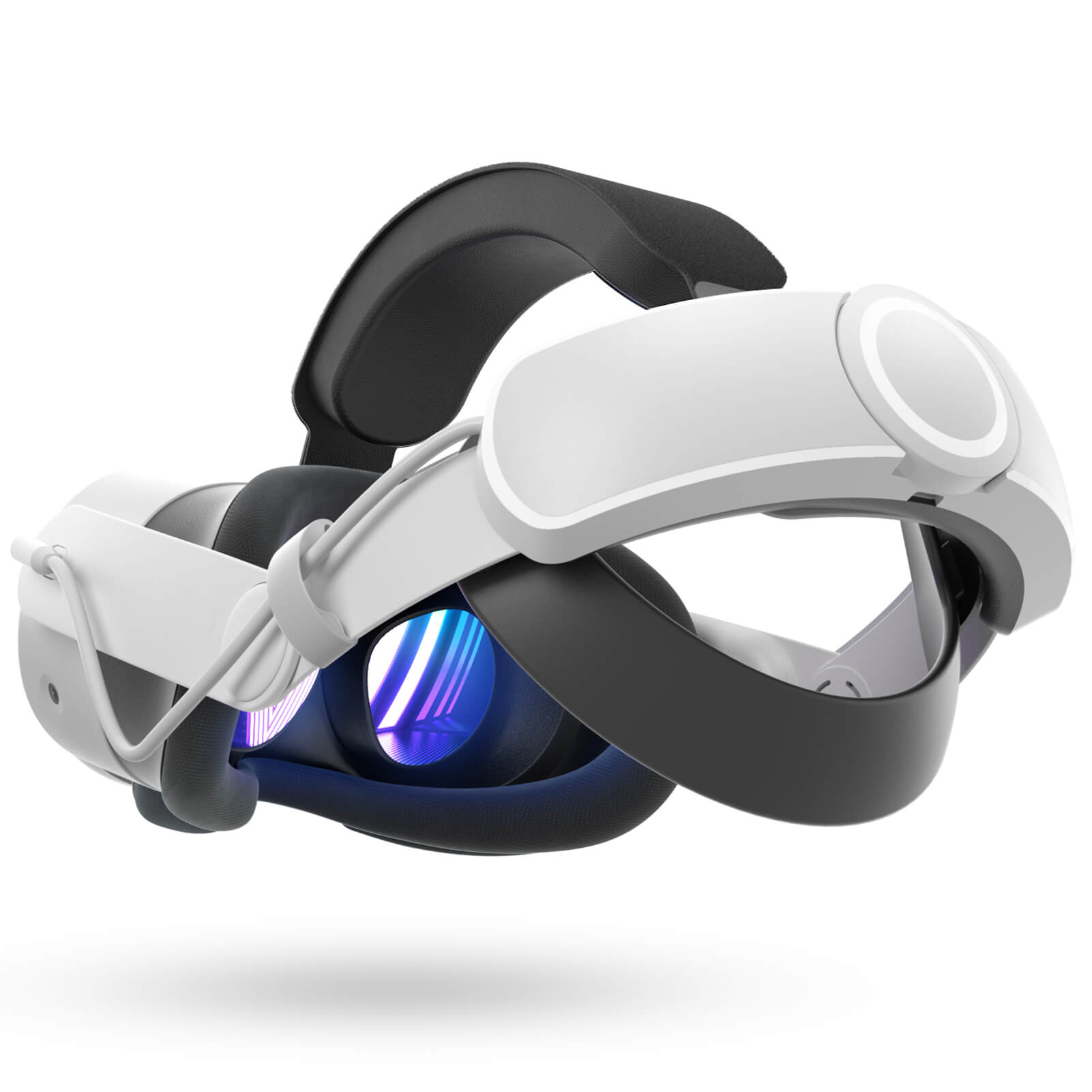

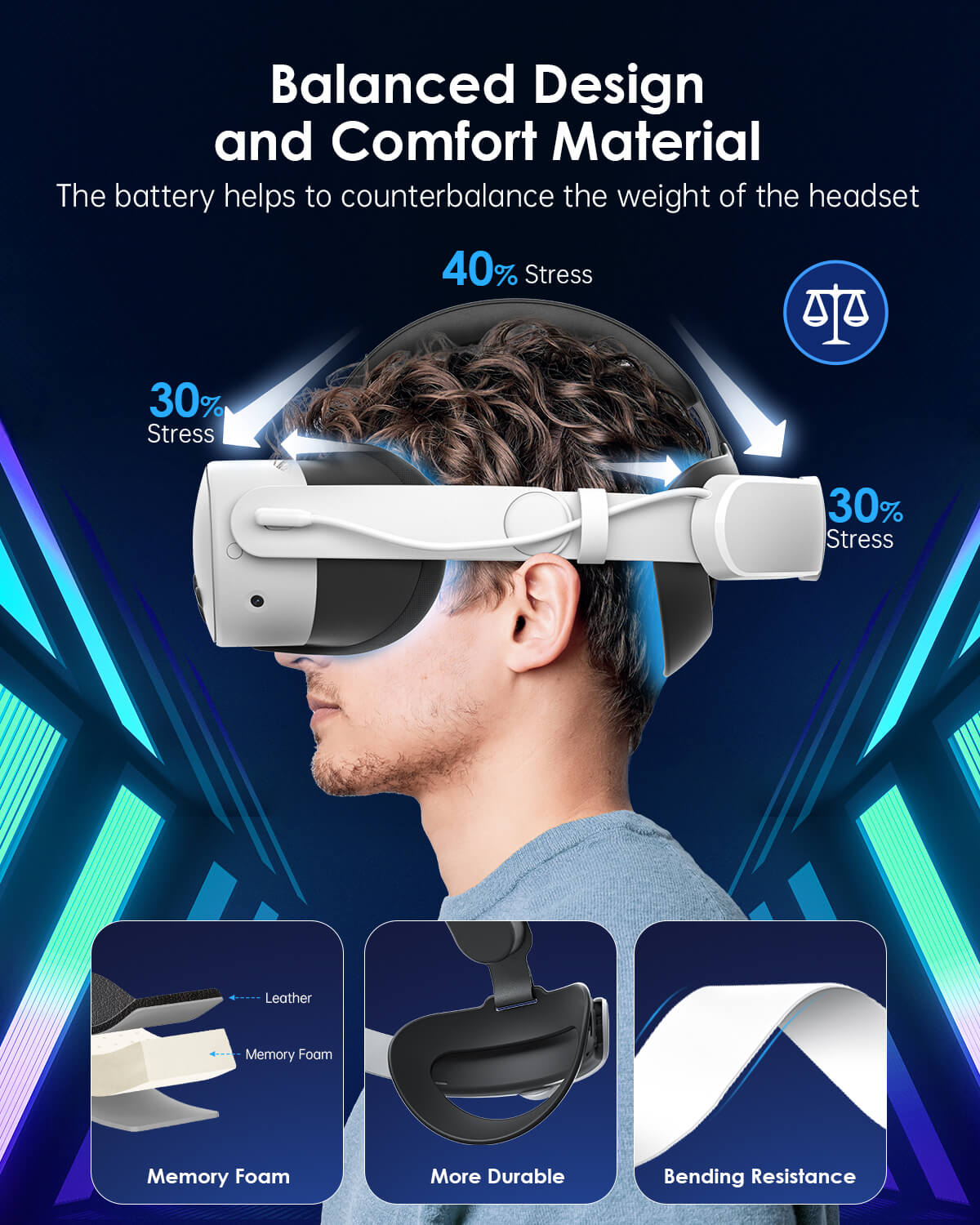
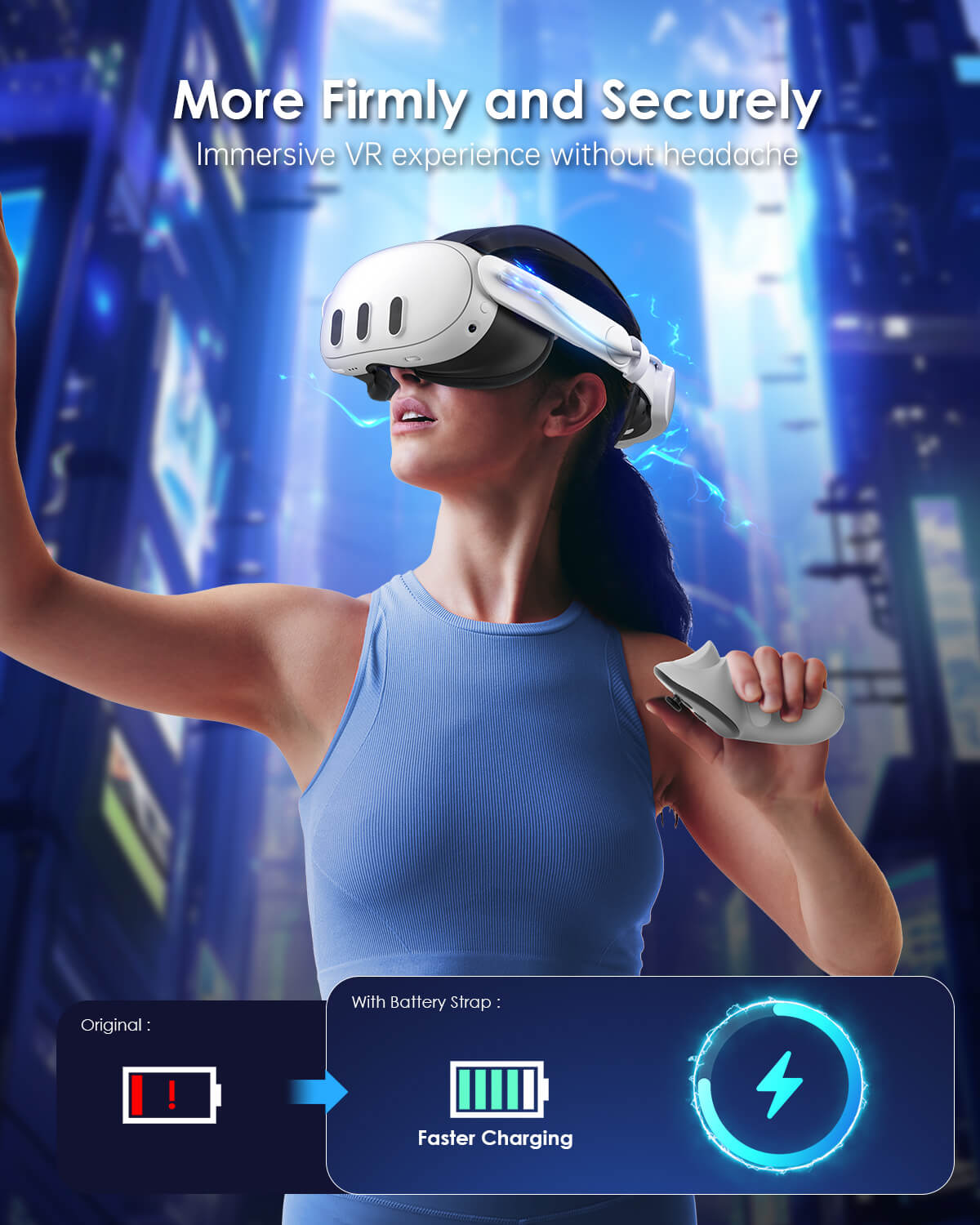
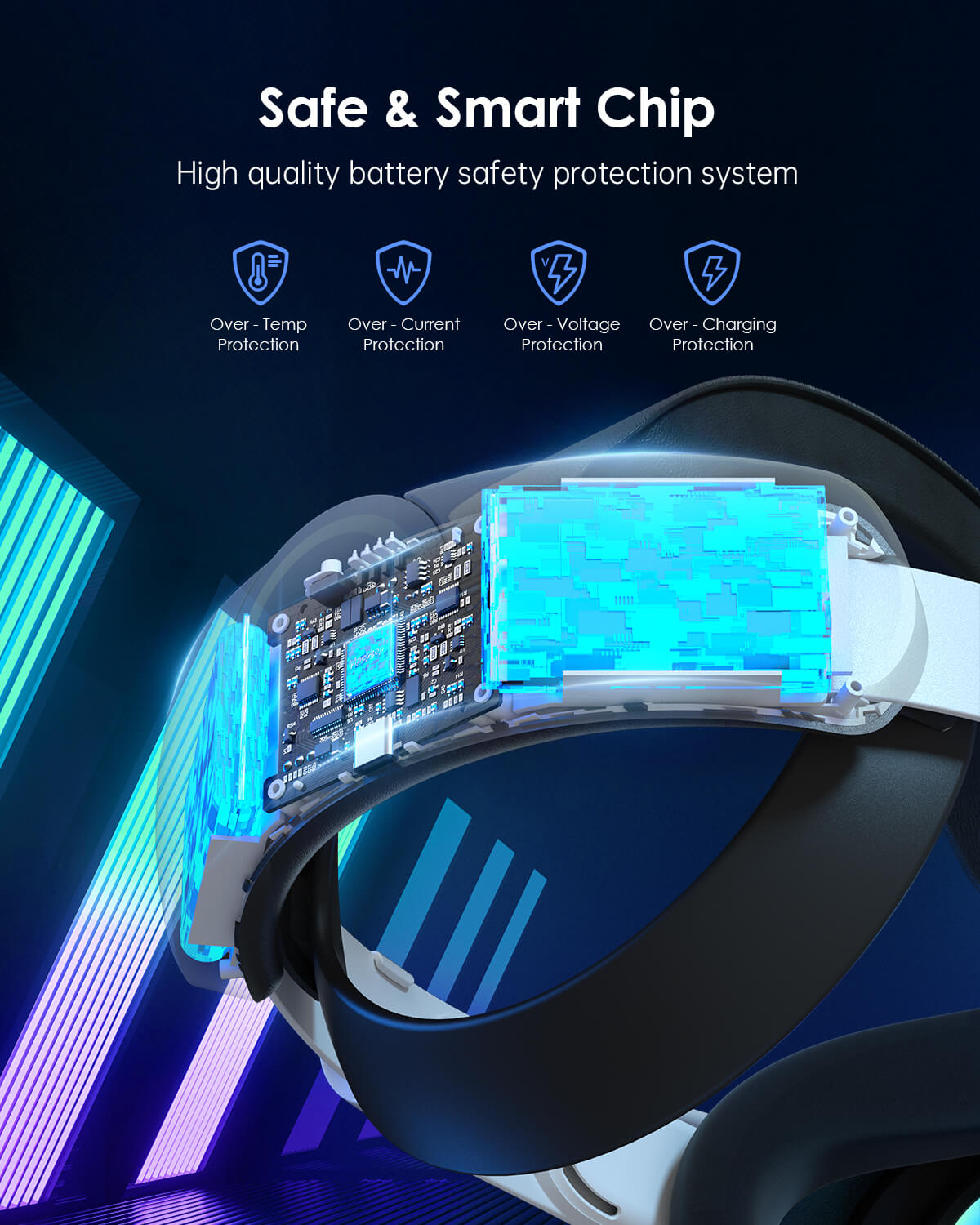
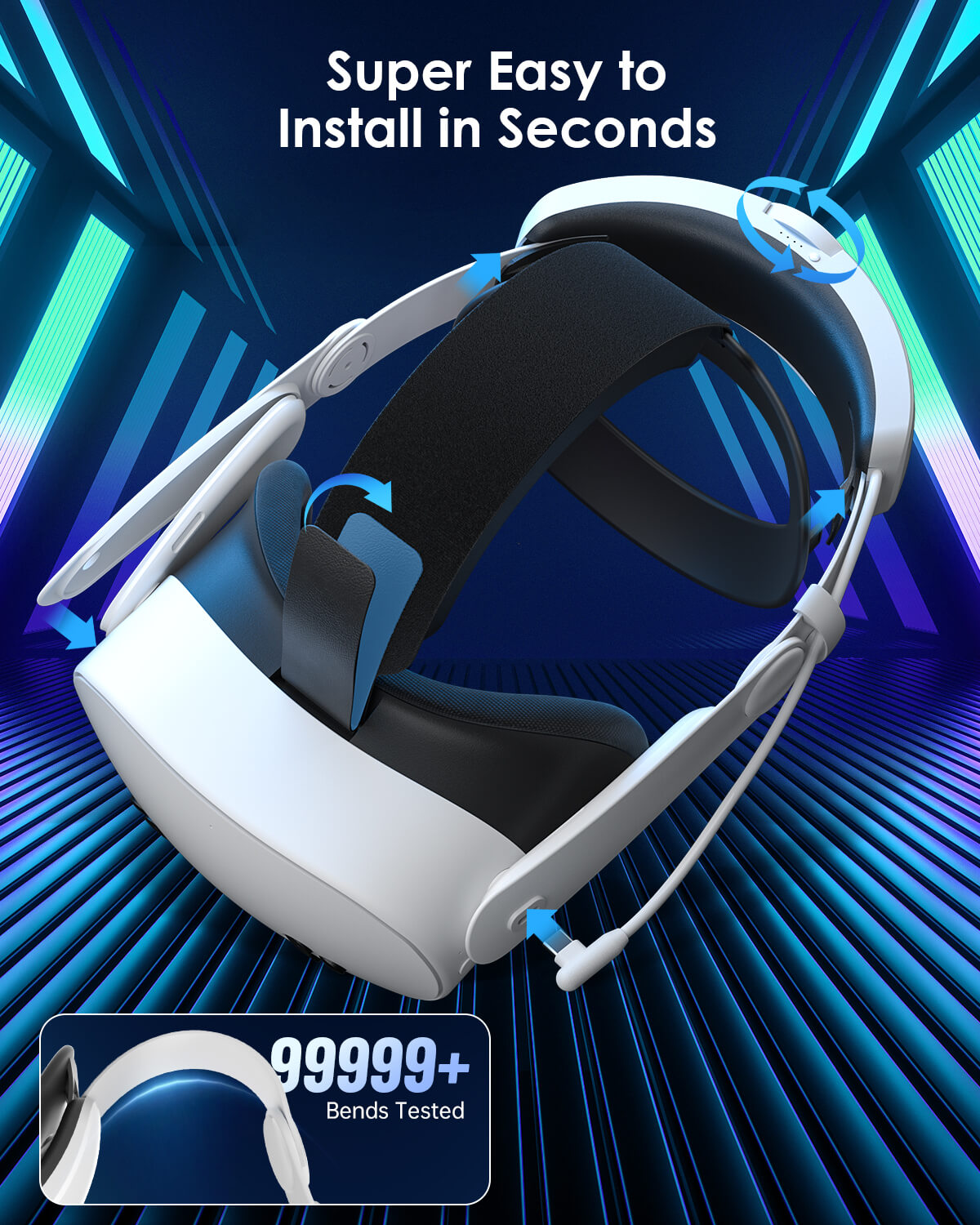

Leave a comment
All comments are moderated before being published.
이 사이트는 hCaptcha에 의해 보호되며, hCaptcha의 개인 정보 보호 정책 과 서비스 약관 이 적용됩니다.